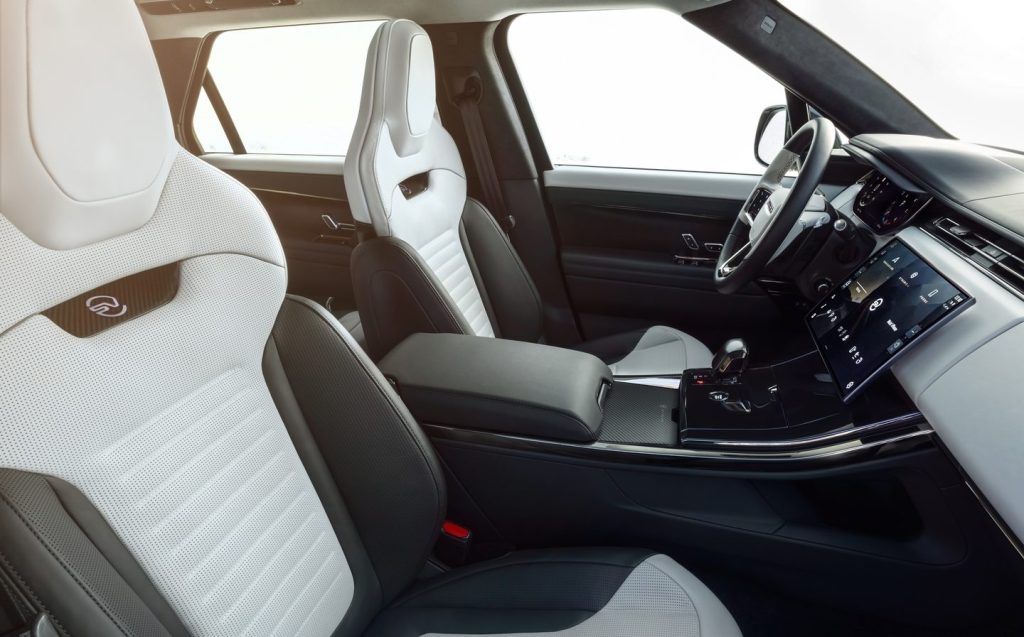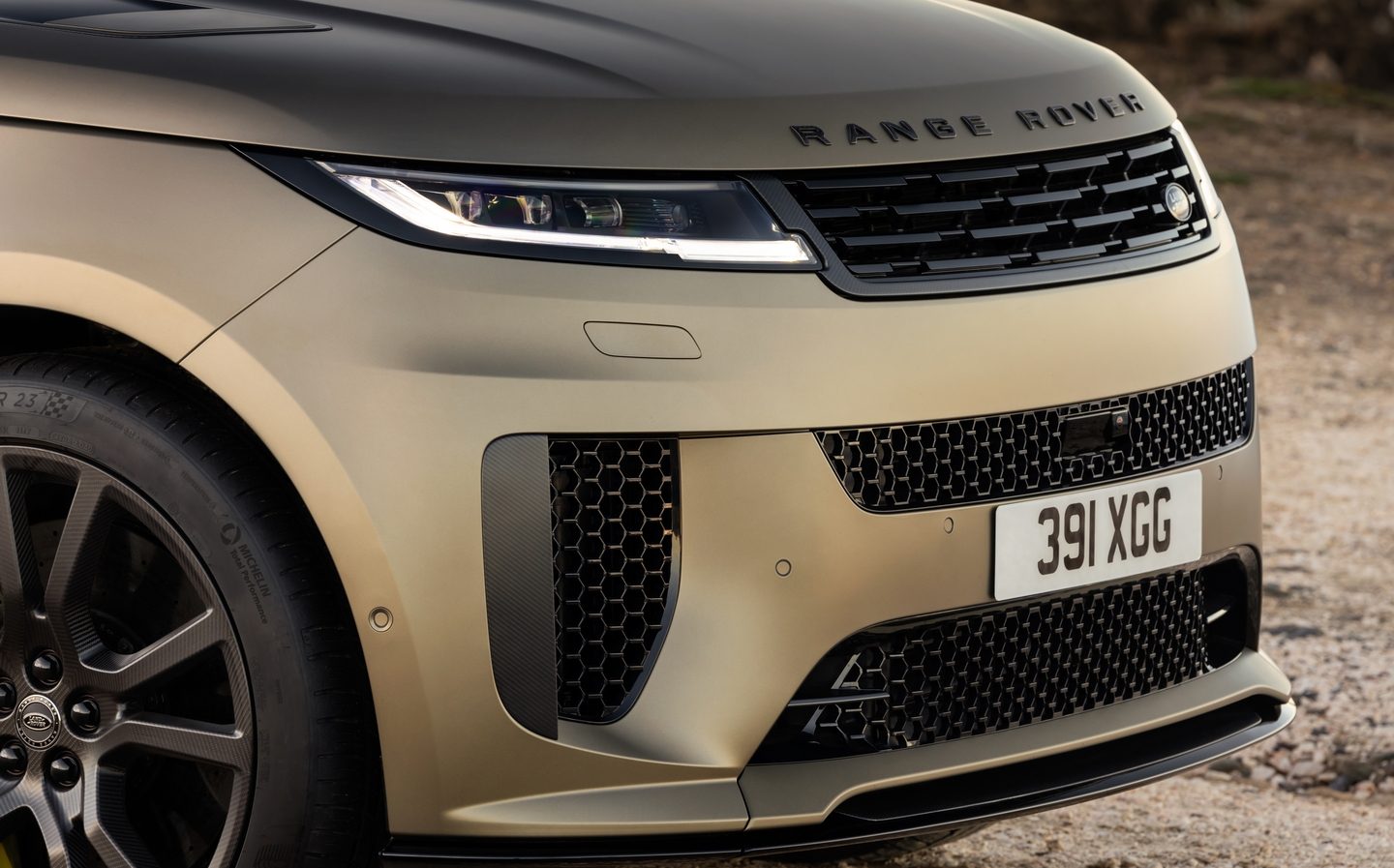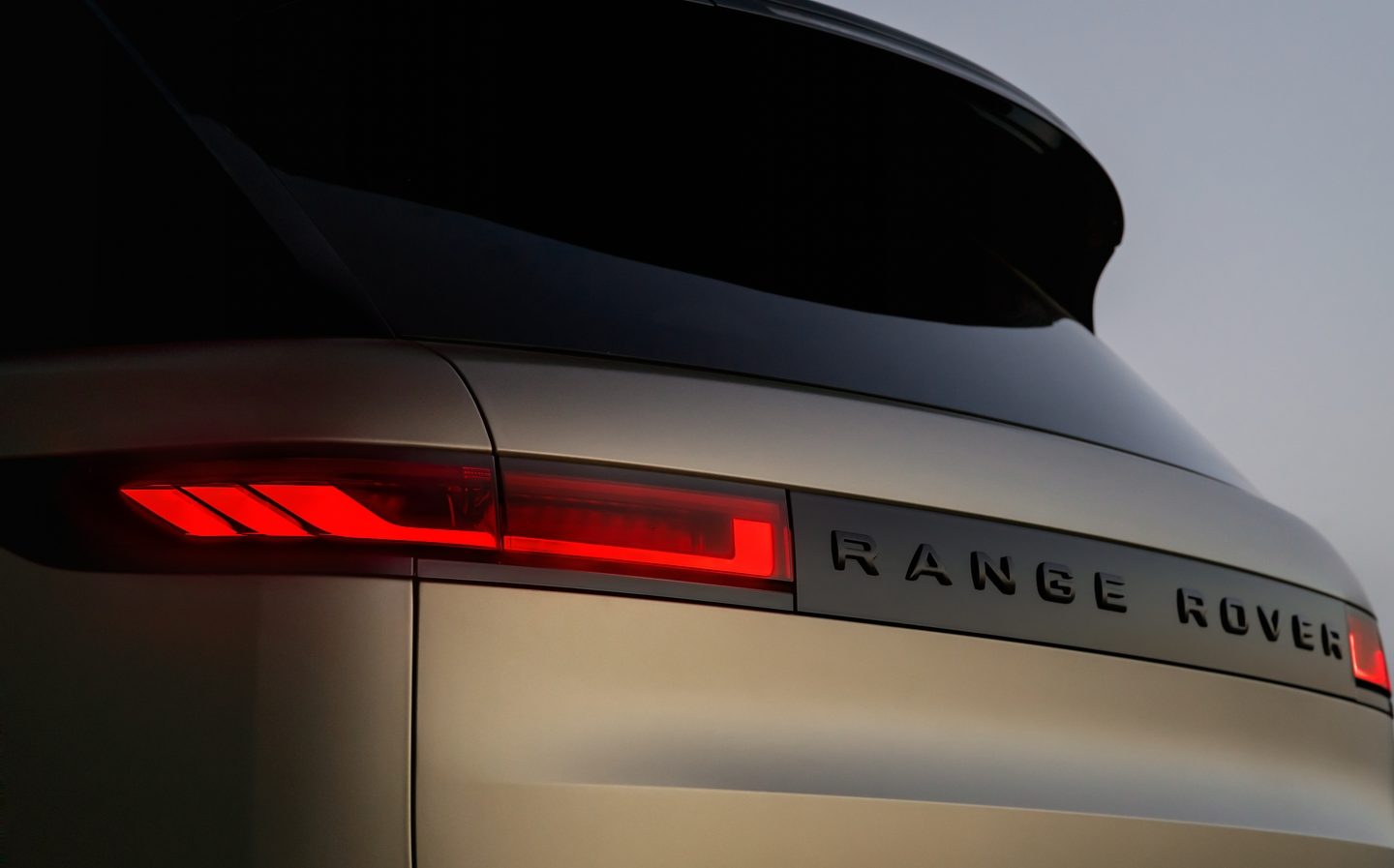Range Rover Sport SV 2024 review: Is the most powerful Range Rover ever also the most appealing?
Less R but still plenty of SV
Against a backdrop of weight-related parking charges in Paris and so-called “tyre extinguishers” roaming the streets of the UK, the concept of a 2.5-tonne, near-£200,000, V8-powered SUV seems as appropriate as a spinning bow tie at a funeral service. But Land Rover has built one anyway — the SUV that is.
It’s called the Range Rover Sport SV, and it replaces the SVR model that died with the previous-generation Range Rover Sport. But whereas its predecessor had a 5-litre V8 petrol engine that derived joy from blowing up fossilised trees, the new Range Rover Sport SV comes with a smaller 4.4-litre V8 that is a little less harsh on the ozone layer yet noticeably harsher on its tyres.
More efficient than before

Of course, everything is relative. A 15-per-cent reduction in carbon dioxide emissions looks good if you’re talking about a new-generation Volkswagen Golf, but we doubt anyone will notice when the SV is still emitting 270g of CO2 from its four exhaust outlets every kilometre. It can hardly be called green.
Unless, that is, you choose the ‘Carbon Bronze Matte’ colour seen here. An optional extra that carries a chunky premium, it has a hint of pale green about it, so it seems unlikely to be the paint job of choice for most Range Rover Sport customers, many of whom want a shade as monochrome as the decor in their Cheshire mansions.
Beefed-up appearance

By all appearances — and whichever colour you choose — the SV certainly looks as though it’s been frequenting said mansion’s home gymnasium. Although it’s based on the latest-generation (and remarkably stylish) Range Rover Sport, the bumpers have been beefed up further, the exhaust outlets have multiplied, and new vents and grilles have appeared in the bodywork.
Inside, you get sporty seats with the option of 3D-knitted leather-free upholstery, carbon panels and a sports steering wheel.

Special Vehicle Operations, the internal skunkworks behind the SV model, has also fitted the car with enormous 23in alloy wheels, which you can upgrade to carbon-fibre rims if you so wish.
It sounds like the ultimate vanity product, but there’s method to the utter madness. Apparently, swapping the standard forged wheels with carbon-fibre items and trading the standard steel brakes for the optional carbon-ceramic versions saves 76kg, which is about the weight of an average female adult.
No featherweight track toy
But even with those wheels bolted onto the hubs, the Range Rover Sport SV is still what I believe the youth of today would call “a chonky boi”. Tipping the scales at 2,485kg before you load up with such trivialities as a full fuel tank or a driver, the SV is a weighty, weighty thing.
So weighty, in fact, that the difference in mass between this and a Rolls-Royce Cullinan is equal to that of a medium-sized dog. Put Fido in the back, then, and you undo all Land Rover’s good work.

Passengers or not, when a car weighs this much, it takes quite a lot of stopping, so SVO has bestowed the leviathan with enormous brakes that offer mountainous stopping power — if you stamp on the left-hand pedal, the car will decelerate quicker than it accelerates. It just requires quite a hefty push before you feel the full force on offer.
The same is true of the equally enormous optional carbon-ceramic brake system, which is biblically powerful, although it still needs something more than a twitch of your toe before it unleashes its potential. That’s no problem per se but it can be alarming for those uninitiated in the ways of the Sport SV.
Stomach-turning performance
Although it may have a smaller power unit than before, the big lump under the bonnet is still a massive engine.
Built in collaboration with BMW, it’s the same unit you get in a BMW X5 M Competition. That means, unlike the old SVR engine, it doesn’t have a socking great supercharger but makes up for it with two turbochargers and a mild-hybrid system. As a result, the 626bhp Range Rover has 10bhp more than the BMW, and all that power is distributed between all four wheels via an eight-speed automatic gearbox.
It’s a set-up that offers drivers the chance to accelerate from 0-62mph in just 3.8 seconds, and the car keeps going all the way to 180mph.
That’s rapid, although the car doesn’t feel quite as fast as those numbers suggest, possibly because it’s just so big and heavy. It’s still quick, though — fast enough to turn your stomach if you’re not expecting it.

But it isn’t just a one-trick pony. The conventional Range Rover Sport drives well, and the SV has a few choice upgrades. SVO has fitted clever “6D” air suspension that works to counteract body roll in corners and nosedive under braking, while there’s retuned steering, massive all-season tyres and the enormous brakes. Together, they give the Sport a bit more of a dynamic edge while retaining the car’s character.
That means you can take corners at unbelievable speeds, and grip from the tyres is prodigious, but like Manchester City’s attacking threat, physics can only be held at bay for so long. Eventually, under hard cornering the SV’s suspension will be overcome, and the big, muscular body will lean a little. But for something that’s nearly six-feet tall, the SV handles brilliantly — just not quite as brilliantly as an Aston Martin DBX707 or a Lamborghini Urus.
It can still go off road
Being a Range Rover, though, the SV makes considerable gains on those cars when it comes to off-roading. Admittedly, the SV handbook encourages drivers to detach the car’s jutting aerodynamic front splitter (a task that requires the removal of six screws) before doing any serious 4×4 work, but if you’re happy wielding a screwdriver before setting out, you’ll be rewarded with incredible capability.

As with other Range Rover Sports, there’s a number of off-road settings, including different suspension heights, traction control that’s tailored to the surface beneath the wheels and locking differentials, all of which allow the car to conquer pretty much anything. Particularly with all-season tyres wrapped around the wheels.
And that’s despite the fact the SV goes without a low-range gearbox — the torque from that V8 is simply so immense that it just isn’t necessary. While other sporty SUVs are remarkably capable off-road, none is as unstoppable as the Range Rover Sport.
The disciplines of sporty handling and off-roading are seldom associated with comfort, and you might expect the SV to ride like a bucking bronco, but not a bit of it. Somehow, the SV manages to achieve a ride that’s as pillowy as that of the Bentley Bentayga, with only an underlying stiffness that’s barely noticeable at anything more than a crawl. On the motorway, it glides almost as smoothly as the standard Sport, while the urban ride quality is surprisingly pliant. Thank that clever air suspension system again.
Enormous breadth of capability
Combine that with the luxurious cabin that’s carried over from the standard RR Sport, and you’ve got a car with enormous breadth of capability. Few cars are quite so well suited to every occasion, and while the standard Sport’s ability to blend performance, luxury and off-road ability is immense, the SV simply increases the extremes to which you can take it.
That additional bandwidth comes at a cost, though, and while there’s no practicality penalty for choosing the SV model over any other — the rear space is still ample, and the boot remains enormous — there is a considerable premium to pay. Whereas a basic diesel Range Rover Sport comes in at just over £83,000, the SV Edition One tested here costs £171,460 before options. That’s a figure more commonly found on Rightmove than on Auto Trader.
Mind you, the Edition One is a limited-edition car, with just 550 examples coming to the UK in the SV’s first year on sale, and a slightly more affordable, slightly less well-equipped SV model is expected in 2025.
But there’s no denying it’s steep. So steep, in fact, that it’s encroaching on the territory of the Aston Martin DBX707 and the Lamborghini Urus, let alone the high-performance Porsche Cayenne models.

That said, the SV is unquestionably brilliant, and it’s not only an improvement on the old SVR but also more than capable of mixing it with those big-name rivals. Although it may not be quite as good on a road or track, it’s a more competent off-roader, and it’s just as luxurious inside.
It’s also less exciting, with a more muted soundtrack and a less radical interior upgrade. That’s a minor point, and with the car effectively sold out for at least the first year, these things are seemingly not denting demand. But when you’re paying this much, you want something more than just an engineering masterpiece. It ought to stir your soul.
In the end, the SV is great but it’s been clipped of that little extra edge that’s required to turn something great into an all-time great.
Related articles
- After reading our review of the Range Rover Sport SV, you may want to read our review of the Range Rover Sport PHEV
- Or read what Jeremy Clarkson said about the Range Rover Sport and his shotgun
- Fancy a smaller Range Rover? Here’s our review of the updated Evoque
Latest articles
- Should I buy a diesel car in 2025?
- F1 2025 calendar and race reports: The new Formula One season as it happens
- Zeekr 7X AWD 2025 review: A fast, spacious and high tech premium SUV — but someone call the chassis chief
- Denza Z9GT 2025 review: Flawed but sleek 1,062bhp shooting brake from BYD’s luxury arm
- Extended test: 2024 Renault Scenic E-Tech review
- Best-selling cars 2025: The UK’s ten most popular models of the year so far
- Audi A6 Avant 2025 review: Trusty executive estate ticks expected boxes, and there’s still a diesel option
- Keir Starmer eases pressure on carmakers to sell EVs in response to ‘global economic headwinds’
- Ferrari 12Cilindri Spider review: Heady blend of traditional and futuristic becomes even more intoxicating after lid is removed





































